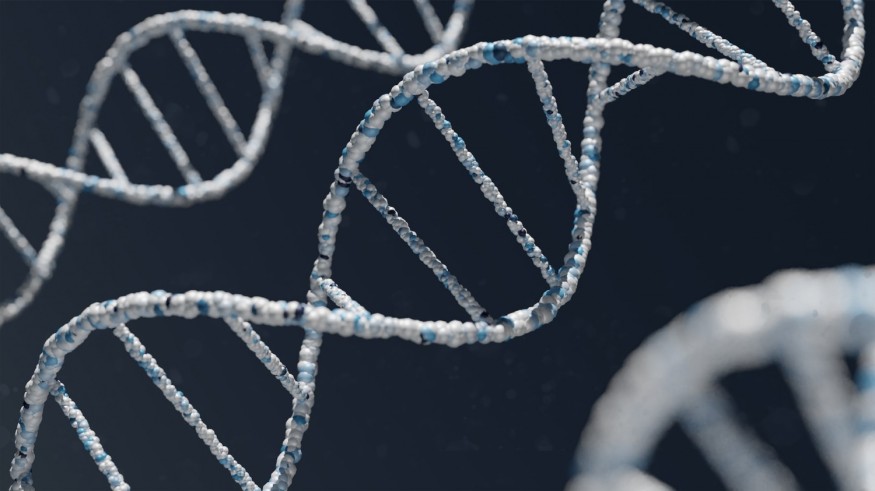
For years, mapping every cell in the human body was seen as a futile endeavour. However, with the advent of new genetic sequencing technologies, pioneered by the likes of BGI Group, we are now in touching distance of creating complete cellular reference maps, which will transform our understanding of human biology and disease.
In 2005, Google Maps launched to muted excitement. Offering a paper atlas in living form, the software was set to revolutionise how we locate, navigate and plan our journeys. But at the time, we couldn't grasp how.
Fast forward to 2022, and the digital maps of today offer GPS-powered navigation tools that can produce what is in effect real-time simulations of the physical world.
Offering unparalleled specificity, the digital maps on your smartphone can showcase minute details, from where roadworks are blocking traffic, to where the most polluted street corners are. The latest update from Google Maps can even provide an indication of "neighbourhood vibe", by combining AI technology with local review data.
Just as the move from printed maps to Google Maps has revolutionised our understanding of the Earth's geography, scientists have looked to mirror these advancements in the world of genomics by combining single-cell genomics and spatial imaging technology to map every cell in the human body.
It goes without saying that the body is made up of huge numbers of cells - or 37.2 trillion to be precise. For many years, mapping the location of each cell seemed a futile endeavour, even entirely impossible. Yet, in 2016, work began on this mammoth task with the launch of the Human Cell Atlas (HCA) project.
As an open global initiative, the HCA is made up of over 2,300 members from over 1,000 institutes, including China's leading genomics organization BGI Group. The project seeks to transform our understanding of biology and disease by mapping all the different cell types in the body, their molecular characteristics and where they are located - no mean feat, but one made possible with the advent of sequencing technologies.
The project is still in its infancy. However, scientists believe we are now in touching distance of creating complete cellular reference maps, following a series of breakthroughs using sequencing technologies.
For instance, in April 2020, BGI Group and a team of international researchers created the world's first complete non-human primate whole-body cell transcriptomic atlas - an achievement that opens the doors for what could be possible with single-cell technology.
Just as the development of digital maps has transformed our navigation capabilities, so single cell technology enables scientists to study maps of life with unparalleled accuracy, allowing researchers to uncover the molecular differences between individual cells.
As a result, the scientists were able to understand the inner workings of the adult macaque with much higher specificity, paving the way for scientists to develop treatments for diseases with much greater precision.
Studies such as this have opened the door to a whole host of possibilities for the Human Cell Atlas project. Yet, to ensure its success, it is essential that international collaboration becomes an intrinsic part of the scientific landscape, with leading sequencing technology made available across the board.
Indeed, a project the scale of HCA is too large for a single country, let alone an individual institution, to undertake. International collaborations like the HCA build on a long tradition of cross-border collaboration in genomics science, from the original Human Genome Project to newer initiatives like the Spatiotemporal Omics Consortium (STOC).
Bringing together more than 170 experts from 30 countries around the world, the STOC seeks to unite, organize and advance global scientific efforts in spatiotemporal omics - a type of technology which builds on developments in single-cell to allow scientists to map a panoramic atlas of every cell in an organism, according to their individual biomolecular profiles, across both space and time.
The wider rollout of spatial multi-omics technology, such as BGI Group's Stereo-seq technology, is essential to the building complete cellular reference maps of the human body. The increasing availability of these technologies is powering the STOC's mission to understand the molecular dynamics of biological processes that are fundamental to all life on earth.
Mirroring the development of digital maps, it is clear the advancement of sequencing technologies from single-cell to spatiotemporal omics is bringing our understanding of life itself sharply into focus, with the impact of these sequencing technologies set to accelerate as they are applied more widely. Now we must build on what we have achieved to date and drive advancements in sequencing technologies even further.
© 2025 NatureWorldNews.com All rights reserved. Do not reproduce without permission.





